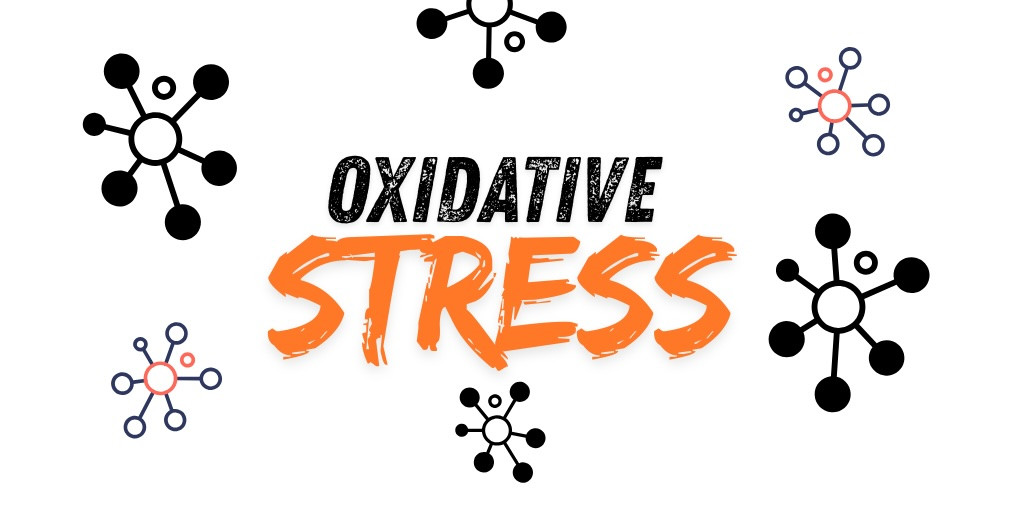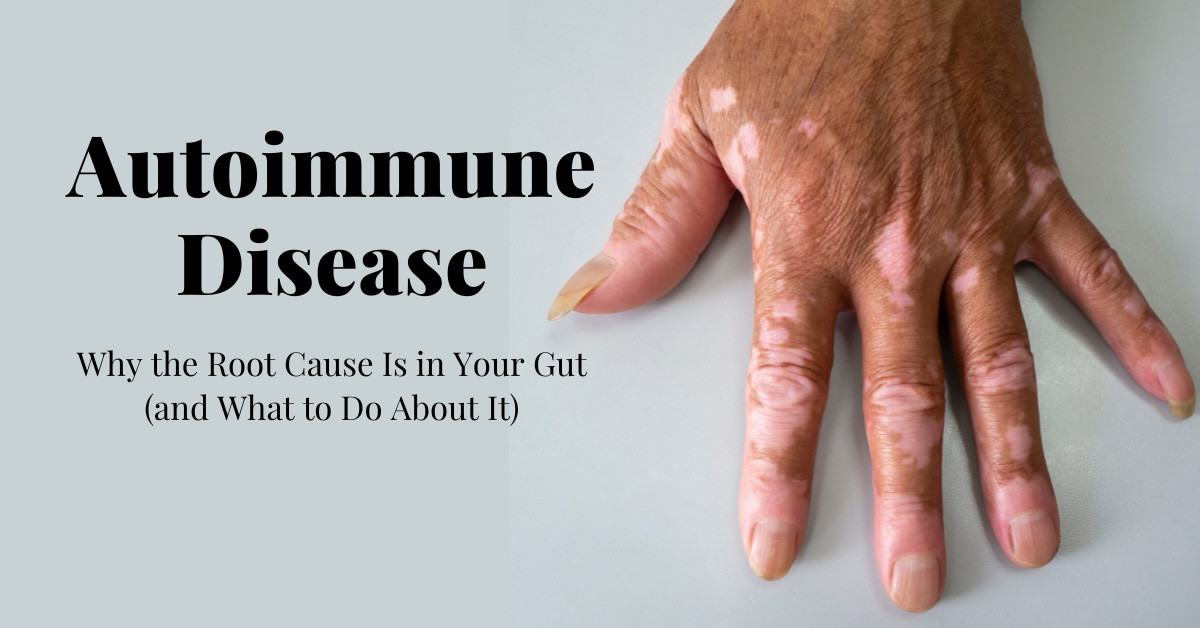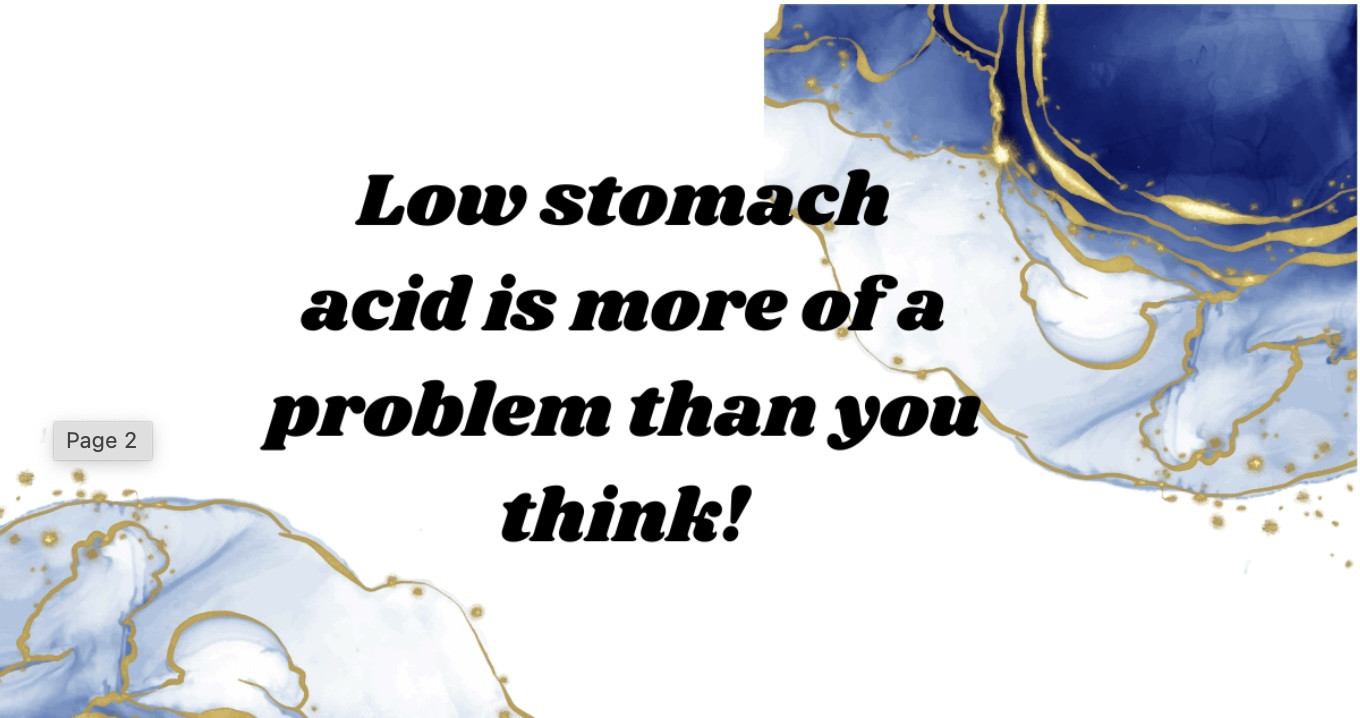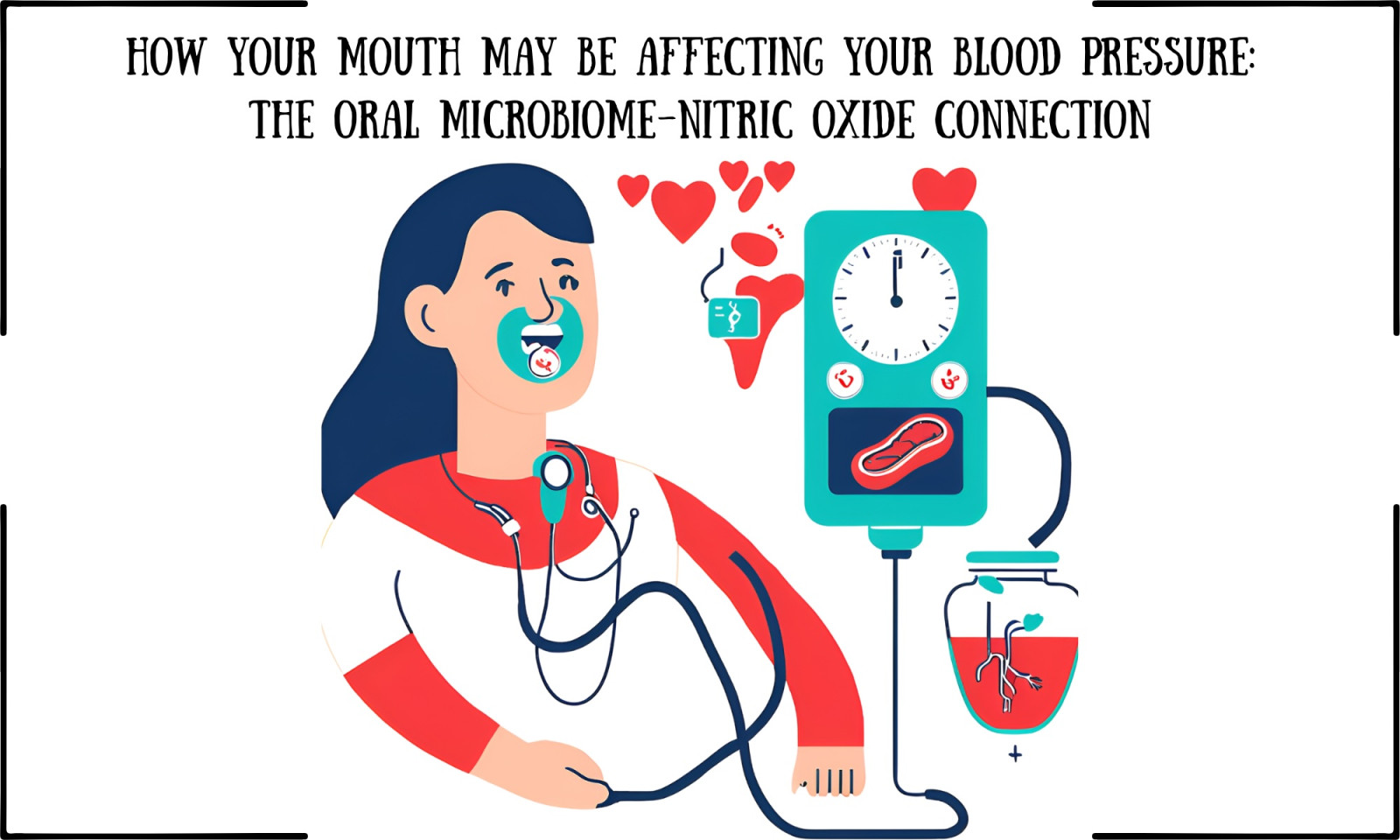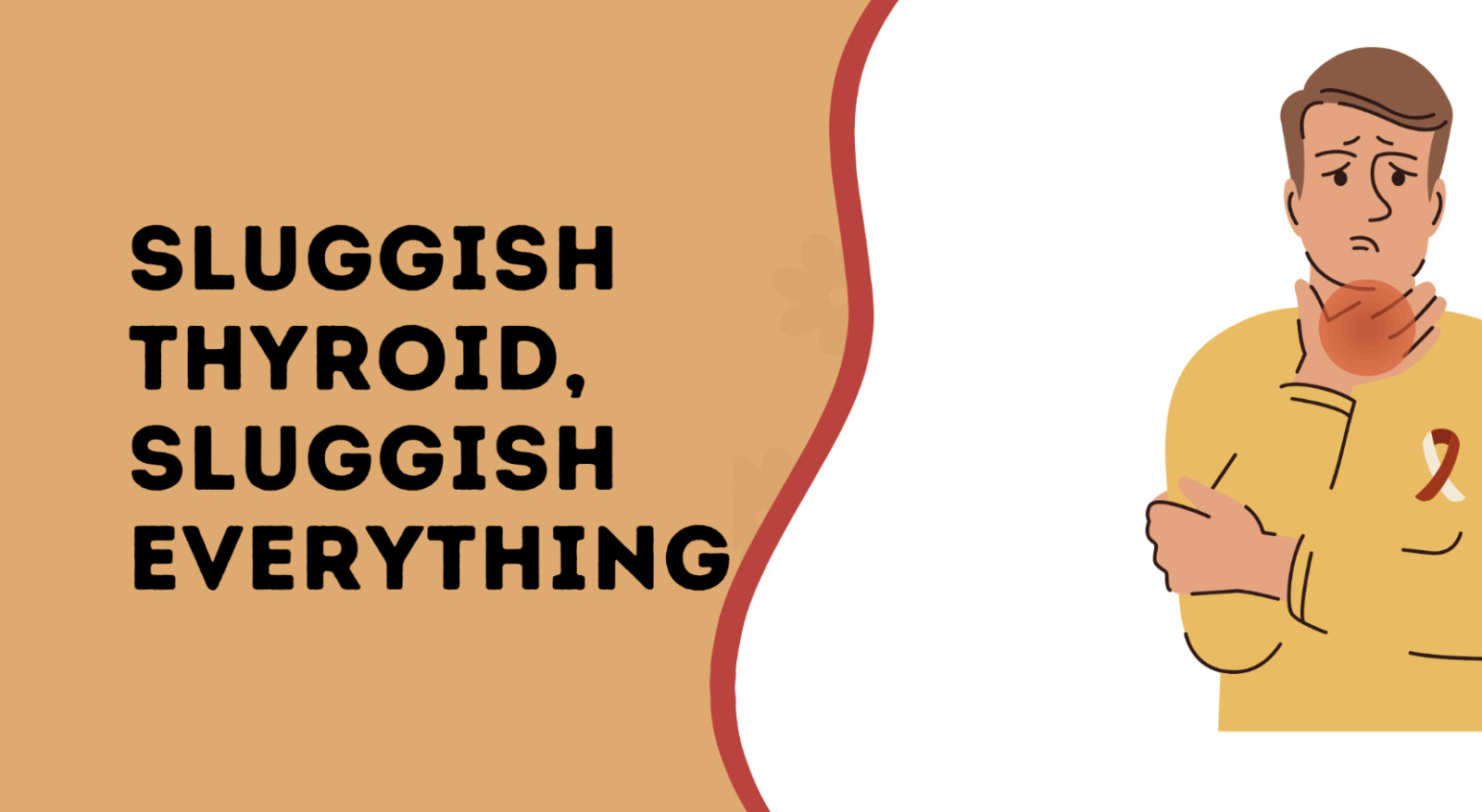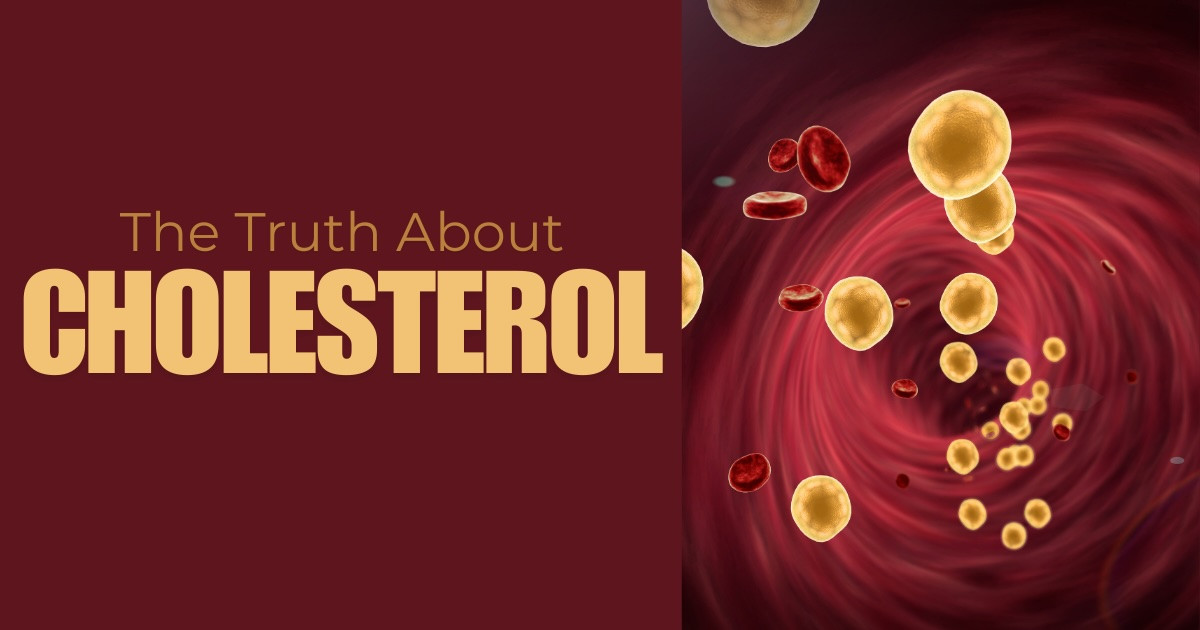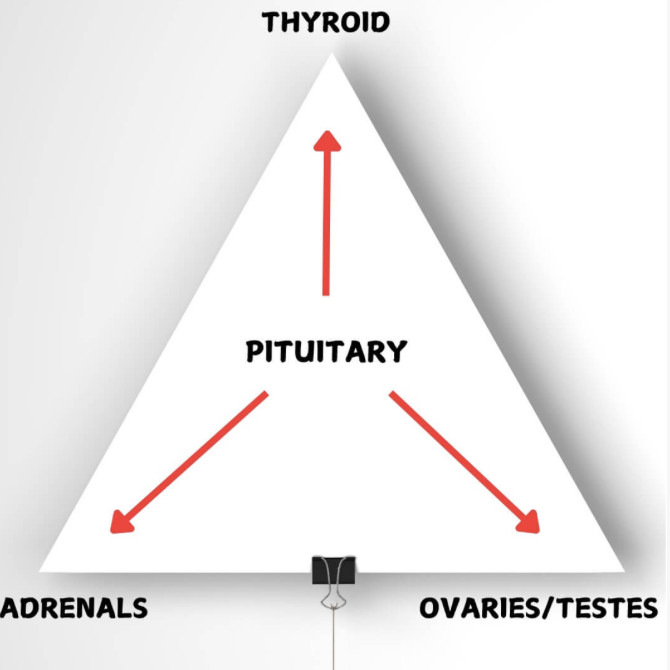
The thyroid gland, an integral component of the endocrine system, plays a pivotal role in regulating the body's basal metabolic rate through its production of thyroid hormones, primarily T4 and its active form, T3. This conversion process, crucial for functions such as growth, reproduction, and metabolism, largely takes place in the liver, gut, and peripheral tissues. However, thyroid health can be significantly impacted by factors like illness, nutritional deficiencies, and environmental influences, leading to conditions such as hypothyroidism.
The interplay between the adrenal glands and the thyroid is an essential aspect of endocrine balance. Chronic stress triggers the adrenal glands to produce cortisol, which can disrupt thyroid hormone levels and initiate a cycle of dysfunction, affecting hormonal balance across the body. This imbalance often results in symptoms such as irritability, stress intolerance, and, in more severe cases, issues like PMS and low libido, underscoring the interconnection within the endocrine system.
Moreover, external factors, such as exposure to bioidentical hormones and hormone-like substances in everyday products, can further exacerbate thyroid imbalances. This hidden exposure, alongside traditional hormonal treatments, can inadvertently disrupt thyroid functions, emphasizing the importance of awareness and careful product selection. Addressing thyroid dysfunction requires a comprehensive approach, focusing on identifying underlying causes and working with knowledgeable practitioners to find personalized solutions, ultimately restoring balance and promoting optimal health.
Read more...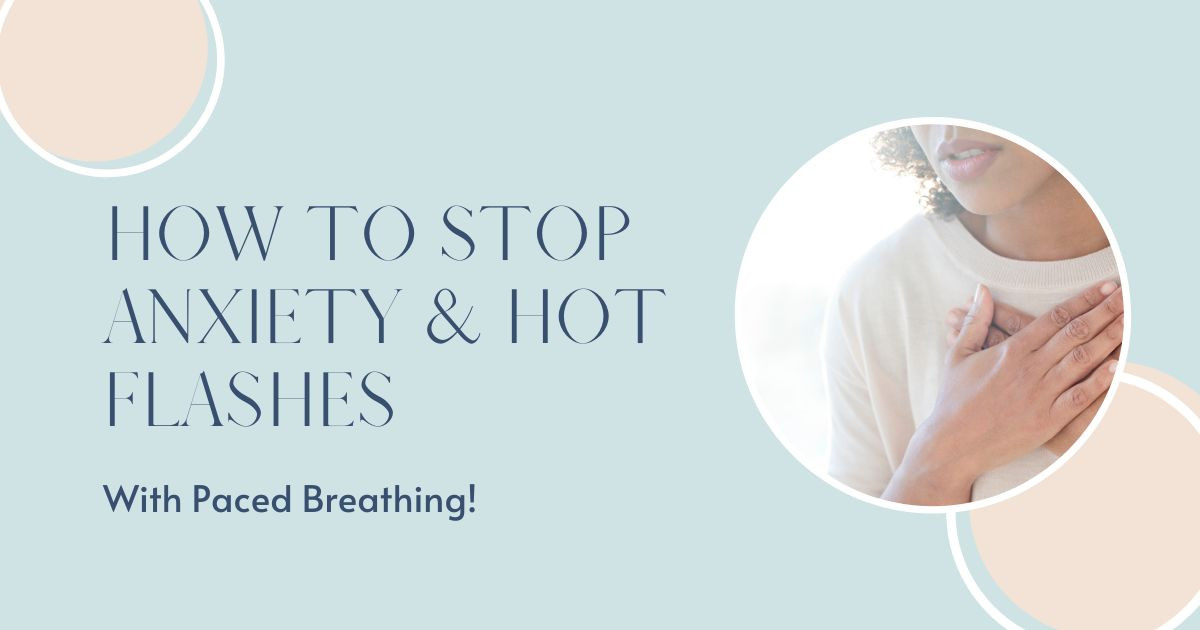
Paced breathing is a simple yet powerful technique that can enhance your overall well-being by managing common health conditions and boosting energy levels. By intentionally lengthening each inhalation and exhalation, paced breathing can effectively reduce hot flashes by influencing the autonomic nervous system, which plays a crucial role in regulating body temperature. Additionally, this breathing practice is beneficial in easing anxiety, as it counters shortness of breath often linked to panic attacks, and helps improve resistance to everyday stresses.
Many individuals find that paced breathing enhances their mood by increasing oxygen flow to the brain, making them feel more alert and cheerful. It is an excellent method for managing stress, which, in turn, assists in reducing chronic inflammation and emotional distress. Furthermore, paced breathing serves as a valuable tool for pain management, offering distraction and relaxation, promoting better sleep patterns, and aiding in quicker recovery from surgeries or injuries.
Adopting paced breathing involves understanding the hormonal shifts associated with stress, aiming for 5 to 8 breaths per minute, and ensuring each breath is deep and thorough. Practicing twice a day in brief sessions can yield optimal results, with aids like counting breaths or using visual objects helping focus. Individuals are encouraged to expand their practice by exploring additional mindful breathing techniques through yoga, meditation, or various resources, paving the way for improved health and quality of life.
Read more...

